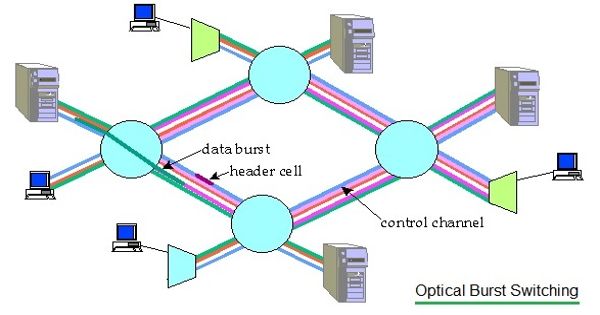Advanced metering infrastructure (AMI) refers to systems that measure, collect, and analyze energy usage, and communicate with metering devices such as electricity meters, gas meters, heat meters, and water meters, either on request or on a schedule. These systems include hardware, software, communications, consumer energy displays and controllers, customer-associated systems, meter data management software, and supplier business systems.
Government agencies and utilities are turning toward advanced metering infrastructure (AMI) systems as part of larger “smart grid” initiatives. AMI extends automatic meter reading (AMR) technology by providing two-way meter communications, allowing commands to be sent toward the home for multiple purposes, including time-based pricing information, demand-response actions, or remote service disconnects. Wireless technologies are critical elements of the neighborhood network, aggregating a mesh configuration of up to thousands of meters for backhaul to the utility’s IT headquarters.
The network between measurement devices and business systems allows the collection and distribution of information to customers, suppliers, utility companies, and service providers. This enables these businesses to participate in demand response services. Consumers can use the information provided by the system to change their normal consumption patterns to take advantage of lower prices. Pricing can be used to curb the growth of peak demand consumption. AMI differs from traditional automatic meter reading (AMR) in that it enables two-way communication with the meter. Systems only capable of meter readings do not qualify as AMI systems.
The benefits of Advanced Metering Infrastructure include:
- Accurate Billing: AMI provides more precise measurements of utility consumption, reducing billing errors and disputes.
- Real-Time Data: Utilities can access real-time consumption data, enabling better monitoring and management of resources. It allows them to identify inefficiencies, detect leaks, and respond quickly to outages or other issues.
- Demand Response: AMI enables demand response programs, where utilities can communicate with customers and incentivize them to reduce consumption during peak demand periods. This helps to balance the grid and reduce the need for additional generation capacity.
- Energy Efficiency: With detailed consumption information, customers can better understand their energy usage patterns and make informed decisions to reduce consumption, leading to increased energy efficiency.
- Enhanced Customer Engagement: AMI empowers customers with access to their consumption data, allowing them to track usage, set goals, and make informed decisions about their energy usage. This promotes awareness and engagement in energy conservation efforts.
Overall, Advanced Metering Infrastructure plays a significant role in modernizing utility systems, improving operational efficiency, and facilitating a more sustainable and resilient energy infrastructure.
















